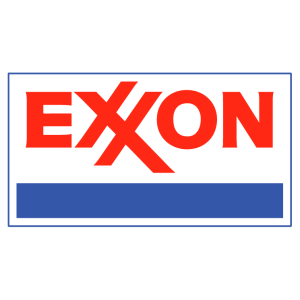Insight Marketing Blog
The Hows and Whys of (Not) Changing a Brand
People always ask me how long a brand should be around before it’s safe to change brand elements like corporate colors, logo shape or the company name.
And, brand changes – or upgrades – do happen. Some of the brands that consumers are familiar with have gone through considerable changes, for example, Citibank.
The old Citibank logo looked like this:

And, now it’s looks like this:

Granted, this was done to manage their merger with Traveler’s, because Traveler’s logo is a red umbrella, but their logo changed nonetheless.

In most circumstances, it’s probably not a good idea to mess around with the three main brand elements unless, of course, any one of those elements is just awful – like a bad name that’s dated or just should be changed.
It’s really important that you not mess around with the company name because mostly people relate to a company’s name more than anything, but sometimes you have to.
An example of a smart name change is Consolidated Foods. That name was just too general. Who is this company? What do they do? Who’s their market? The name was just bland.
Consolidated Foods changed their name to Sara Lee and now it’s a very recognizable brand name. Soon after the name changed to Sara Lee, the company rose to the become one of Fortune Magazine’s most-admired companies in the food industry.
The company CEO at the time, John Bryan, made the comment that people invest in and buy the stock of companies that they believe can become the best. He remarked that the company itself is the same, the only difference is the name. In other words, the company did not change, implement any new management or Six Sigma strategies or anything like that – they just changed the name. And that name, Sara Lee, has proven to have a very positive image with consumers.
If at all possible, stick with the brand you have, upgrade it if need be, but try not to remove all recognizable bran elements unless there is no other choice.
Continue reading →The Evolution of a Classic Brand
In my book, Branding Insights for Small Business, I used the example of Exxon, the oil company which used to be called Esso:

Logo for company after changing its name in 1973

Esso, Enco, and Humble were trademark brands of Jersey Standard Oil,
The powers that be at Esso needed to change the company name and they decided to let a computer select the name for them.
They fed the computer some parameters:
- it had to have two syllables
- double consonants
- start with an “E”
- be a name that wasn’t being used throughout the world and
- no meaning in foreign language.
Exxon was supposedly the only word the computer came up with.
I like Exxon because it was the first company that used a computer for naming – or in this instance re-naming – a company.
Although this happened awhile ago, I still find this case study very interesting. And, at least they kept the colors the same!
Continue reading →My Rules on Company Names
My rules about company names are simple and very straight-forward:
- avoid generic sounding names
- avoid initials or acronyms and
- avoid names with too many words
That’s it. Pretty simple.
If you’re marketing a product or service that’s consumer oriented, it just makes sense to create a distinguishable brand name.
For example, I bought a computer router manufactured by a company called SMC Corporation. I had never really heard of this company, but my tech expert recommended it. From a branding perspective, and as a consumer, I was a bit concerned. I thought I should buy something made by a company with a name like NetGear or Cisco.
My router had to be replaced (a little too soon for my liking). Guess which brand of router I replaced it with? NetGear. I just don’t understand why a major technology company in such a competitive industry, would continue to use a name that is so nondescript.
Continue reading →